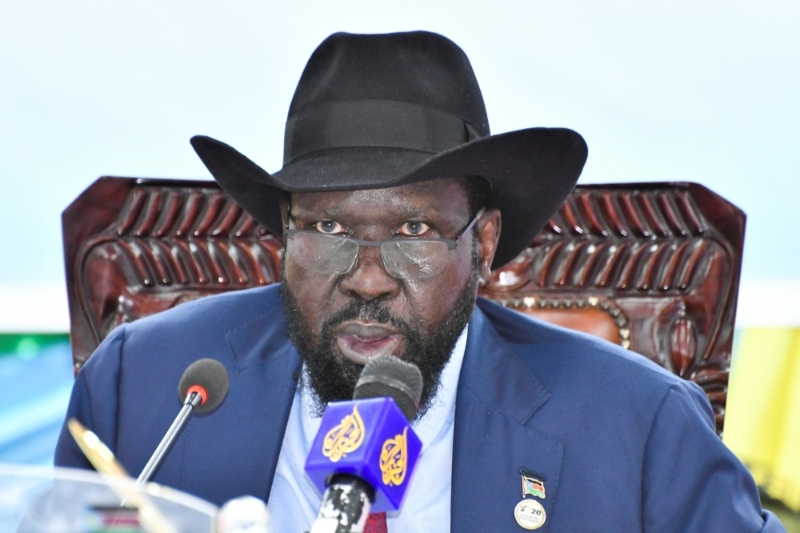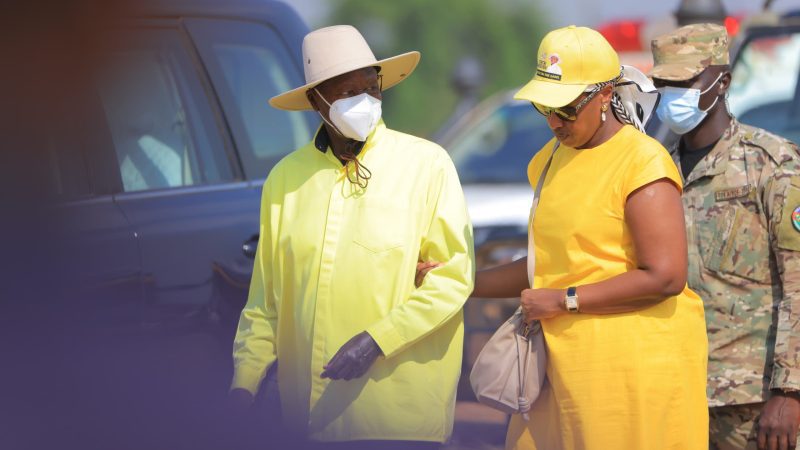With more than 15 million students seated at home due to the virus-induced Lockdown, The Ministry of Health has set tough measures requiring primary education institutions to have at most 10 pupils per classroom and only 15 students for secondary schools, tertiary institutions and universities, before they can reopen.
In a letter written to the Education Minister Janet Museveni, Dr Jane Ruth Aceng, the Health Minister, outlined several standard operating procedures which all educational institutions must follow to prevent the spread of coronavirus disease when they are finally allowed to reopen.
“The Ministry of Health has developed operating procedures for Covid-19 prevention in institutions of learning to operationalise. The standards detail the minimum expectations required. The standards guide Education ministry for costing the inputs for reopening of schools in the context of the ongoing pandemic,” Dr Aceng wrote.
Dr Aceng emphasized a two-metre distance between learners and teachers, handwashing and routine screening of learners and staff.
However, Aceng warned that in the event a case is detected, the school will be cordoned off until all contacts to the confirmed case are identified before it is closed. The school will be allowed to reopen after 21 days.
“It is important to note that the risk of transmission in education institutions, some of which lie outside the education sector, is high, the cost of mitigating the risks and level of effort required is significant in addition to complex surveillance processes in case of confirmation of a case in a school,” the minister added.
Dr Aceng said she worked with the scientific advisory committee to identify potential risks associated with reopening of education institutions and developed standards expected to mitigate the risks of Covid-19 outbreak in education institutions.
During her third update about the status of education on Friday, July 2, Janet Museveni observed that she had received the guidelines to reopen schools from her counterpart, Dr Aceng but promised to inform the country after analysing the contents.
“The ministry has received sector-specific standards from the Ministry of Health to guide us in determining our sector’s readiness to re-open institutions of learning. My ministry shall review these SOPs and advise Cabinet in due course,” Janet Museveni said.
Dr Aceng observed that many institutions were crowded which limits social distancing, lack sanitation facilities, compromising control measures and reported cases of transmission within and from neighbouring countries, intensified by the porous borders with people who keep interacting, made it risky.
In addition, health experts fear that day schooling results in multiple interactions among learners from different households which can amplify transmission in a silent outbreak.
She said it will be hard to trace contacts in case a child picked the virus from using public transport or from a parent who also could have picked it from their workplace.
The team recommended that each institution should constitute a seven-member committee, chaired by a teacher with two students who, on a daily basis, write a report about what transpired in the course of the day in an effort to control Covid-19 and submit it to the district task force.
The health team identified day scholars, suppliers, teachers, cooks, cleaners, security personnel, visitors, gates, compounds, classrooms, furniture tops, library, staffroom and offices, dining halls, dormitories, hostels, toilets and bathing areas, sports fields, sickbays, examination setting and staff quarters as high-risk points of contacts.
The team demanded that classroom furniture be rearranged to ensure there is a two-metre distance between the learners and teachers. The schools might employ a wireless screen mirroring technique to display what’s being taught. This could result in a more inclusive classroom, even though the children are seated far apart.
As such, they recommended that only 10 and 15 students be accommodated in a classroom for primary and secondary and tertiary institutions, respectively.
“Additional streams and new infrastructure requirements or modification may be required in order to accommodate the other students. Where changes in infrastructure is not feasible, Ministry of Education should consider a shift system for students – morning and evening shifts of Monday to Wednesday then Thursday to Saturday in order to achieve the required social distancing for prevention,” Ms Aceng said.









